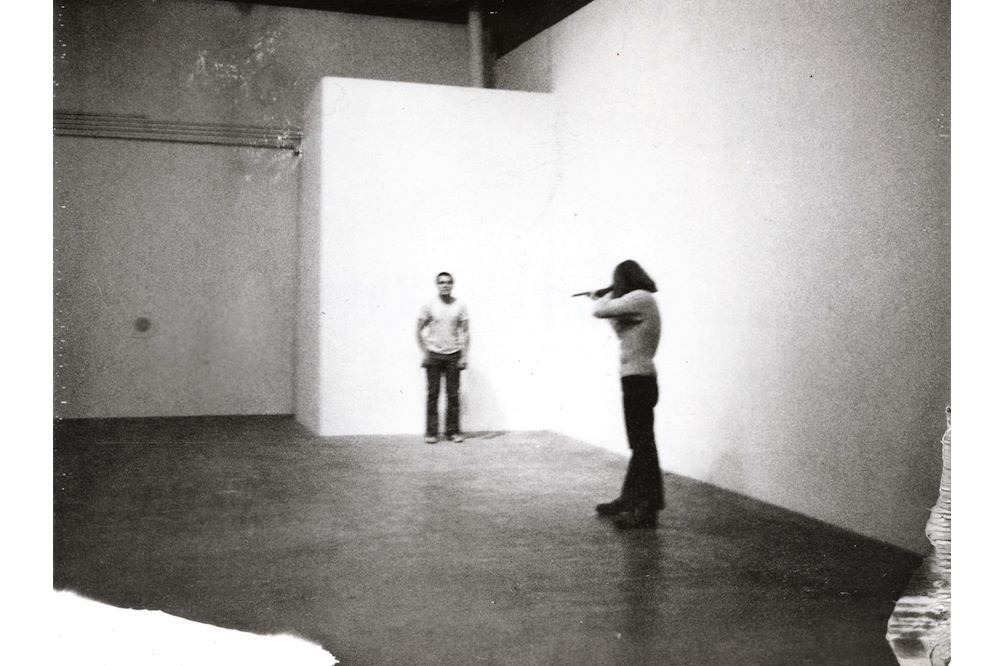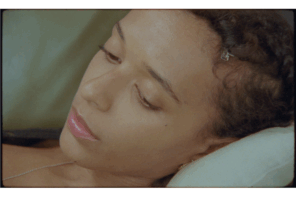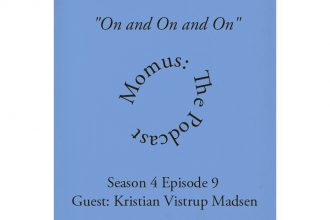Don’t fuck the curator. Or the artist, the gallerist, the writer, or their editor. Unless, of course, you really want to. And, it almost goes without saying, they also really want to. But it’s best avoided, really, as the power dynamics are messy. But so is love. So is desire. So, it turns out, is art.
There is no guide for what’s right and wrong in art. Occasionally professors or curators are given a handbook, but even these often miss much of the important stuff, subtle real-world quandaries. But many of us aren’t employees, but free agents and independent professionals. We’re on our own to suss out our own personal code of ethics, observing what others get away with, what we personally find honest or distasteful.
I knew one critic who reviewed a show at a gallery she worked for. A lecturer that wrote a long profile in a prominent magazine about an artist who was about to decide whether he got tenure. A wealthy artist that quietly funded his own shows at museums. The collector that donated the fluff of his collection to dodge taxes from an auction. Many scholars are pretty sure that the most significant artwork of the 20th century, Fountain (1917) attributed to Marcel Duchamp, was stolen from the female artist and poet, the Baroness Elsa von Freytag-Loringhoven, who died penniless in obscurity. One of the worst, least ethical people I’ve ever met in art literally wrote the book on contemporary art and ethics. Go figure.
Even when community standards around art might feel clear, already-blurry guidelines shift. It used to be seen as kind of gross for curators and critics to work for art fairs; now it seems that high-level folks fight for the privilege. A few chief curators/museum directors quit to become art dealers and advisors. A few art dealers went the opposite direction. Museums lend works to commercial galleries. Non-profits have boards stuffed with art advisors. Many museums are overseen by at least a few speculators, oligarchs, criminals, or even the finest and highest level of the wealthy, those with money stolen so long ago it looks clean with age. Magazines knock on art dealers’ doors for advertisements, but are also expected to operate without quid pro quo. And no, it’s not okay to take money from young people who deeply indebt themselves to universities, but the work of teaching remains important. There isn’t much virtue out there that still doesn’t have just a little drop of poison.
It’s so easy to get cynical: to see scoundrel after scoundrel achieve catastrophic success; to see the powerful prey on the weak; to watch those manipulators and double-dealers, cheaters and betrayers keep winning; and then to wonder when and if we will grow to resemble them if we don’t simply quit. To be a great artist has never necessarily meant being a good person.
Let’s say you advocate for an artist’s work and then you become friends: is it a conflict to continue championing their work? What if they become your sweetheart? What if you owe them money? What amount is a conflict of interest? A drink? Twenty dollars? A thousand? Can institutional curators review shows at commercial galleries? How about organize them? Can critics? Does love or money cloud judgement? Where does a sense of quality or taste enter into the conversation?
Some of these questions might get covered by institutional handbooks, but most of them don’t. Is it okay for the director of a large public museum to go to a commercial gallery dinner? It would often seem so: donor cultivation apparently outweighs the seediness of a public employee receiving certain perks. In fact, I rarely see museum directors at art openings except blue chip galleries, where they can’t afford not to be seen. Should the critic, curator, administrator refuse such invitations on ethical grounds? It’s hard to say. As you move up the hierarchy of perceived power, how do the rules change? Those fancy dinners feel awfully clubby, but sharing a meal with others is part of being in a community, and one of the ways we honor those that have made important contributions. And without them, there’ve been days when some of us might not have eaten.
It would be much less messy to neither fuck nor friend people we work with, to never take money or food, and to act only out of a rigid set of moral standards. But for those of us who don’t come from wealth, we can’t always afford to make the most righteous choice.
And even though we may feel an old-school reluctance to work with naked commerce, this is a false piety. Many non-profiteers act unscrupulously and many art dealers act with fairness, grace, and generosity. So long as we toil under scarcity capitalism, why shouldn’t we have kind, generous, principled people operating within it, and not just sharks? And maybe we might need a few sharks on behalf of the public trust. Who might be good or bad are hardly defined by their tax-filing status, but more by their honesty and care. Acting badly with another’s trust has its consequences amongst equals, but so often we are not equals. One of the many ethical acts we can do is to help those who are not treated fairly to become so.
We do what we have to do to survive. There are limits even to this, of course, but after we’ve secured the basic necessities, we have important moral choices about how to act towards others in art. Some general principles apply: Don’t fuck people over; act with compassion, honesty, and kindness; reward talent and originality over connections and clichés; take the struggles of others into consideration; do your best to balance transparency and privacy. When granted power, employ it as best you can to make space and give resources to others, most especially those who need it most.
You’ll make mistakes, many even, but that’s okay, too. Life is messy. Even though we’re so often called to be professional automatons, we’re human and other humans will forgive and even celebrate this. Maybe they’ll even love you for it. However ethical or unethical that might be.




























Many artists have some affiliation with or employment with academic institutions. In Canada all universities that receive research money from the 3 big granting bodies in the fields of science, the humanities, and health, must adhere to the ethical principles detailed in the Tri-Council Policy Statement 2 (TCPS2). This policy document is administered locally at each institution by a Research Review Board of peers. If an institution, or anyone affiliated with that institution, is found to be not in compliance with the TCPS2, the institution may be sanctioned, and may lose funding. As an academic who has served on the Research Board of my institution, I have never seen an application from someone making art, despite the institution recognizing “creative activity” as research.
I would like to see Momus take a longer deeper look at ethics and representation, conflict of interest (which seems to be the only focus of this article), and the balance of risks and benefits to individuals and to society, as these issues play out in the field of art, whether the artist is at arms length or much, much closer to an institution of higher education.
Rereading Robert Hughes on the corruption of the art world,,I noticed that he named names — the sleazy ethical practices of Greenberg, Thomas Hess, Henry Geldzahler. Refreshing.
Maybe other industries are more “regulated” but I personally don’t think there’s much difference between art or any other industry. We all mingle with the people we like, work with, meet socially etc. If you work in the artworld, I doubt you want to attend a conference on psychology… unless you want more clients 😬🤔